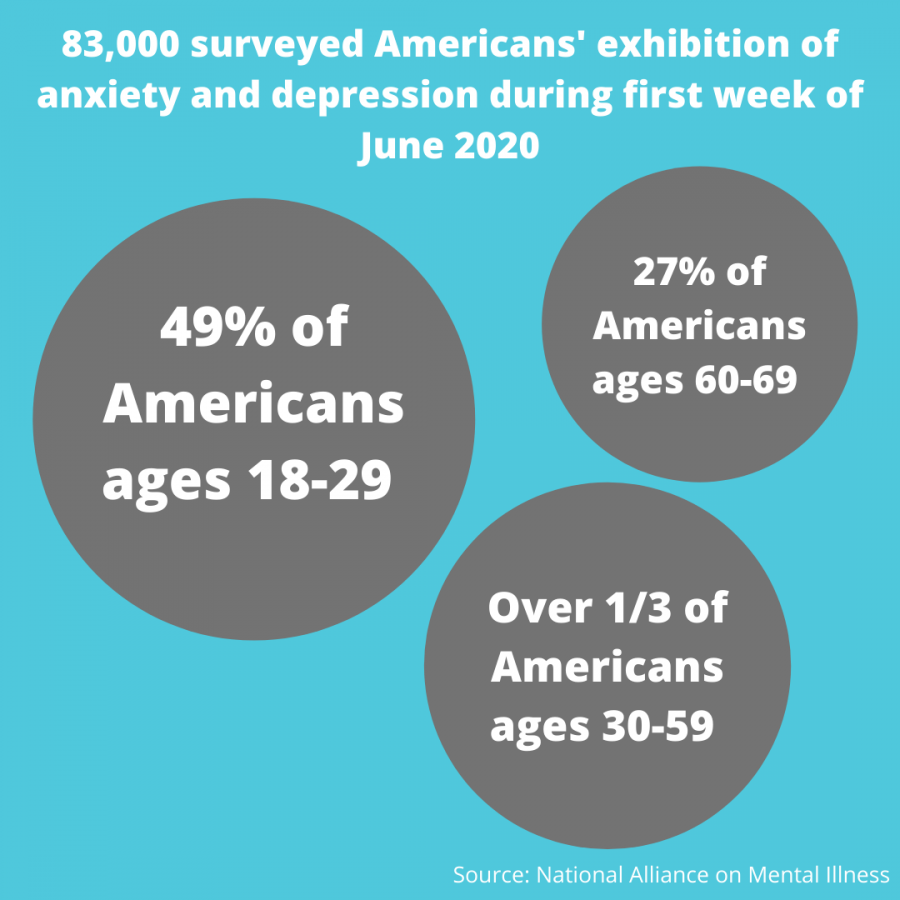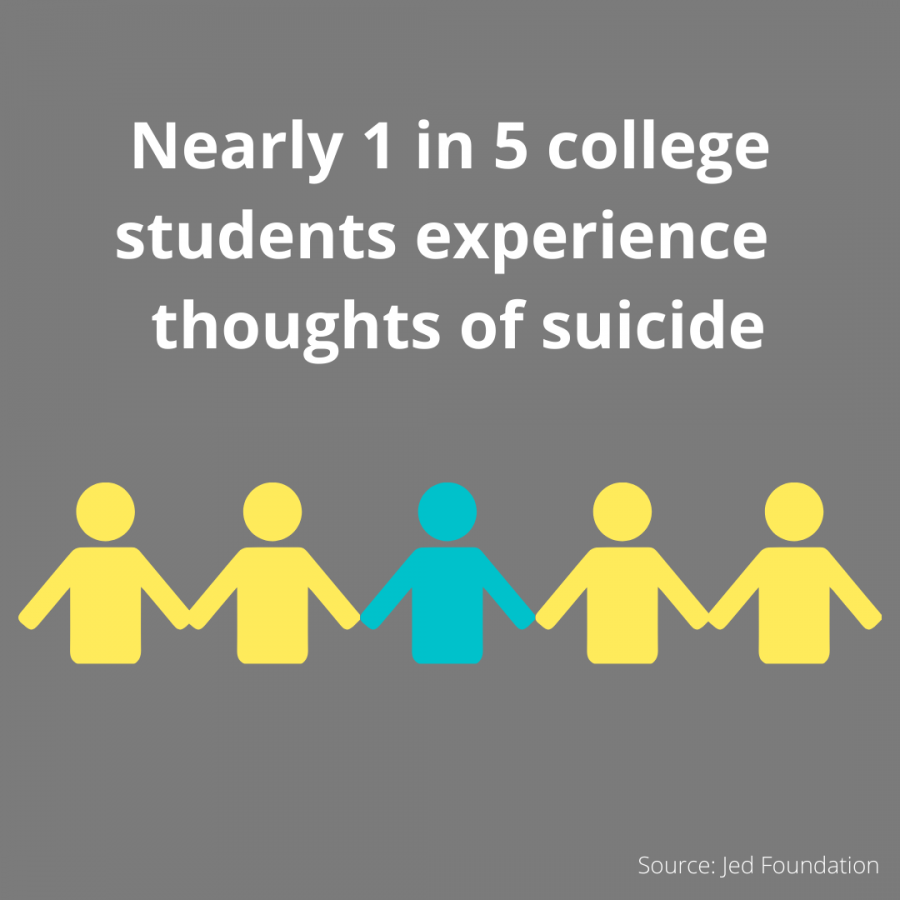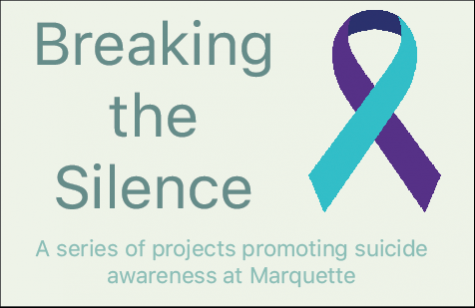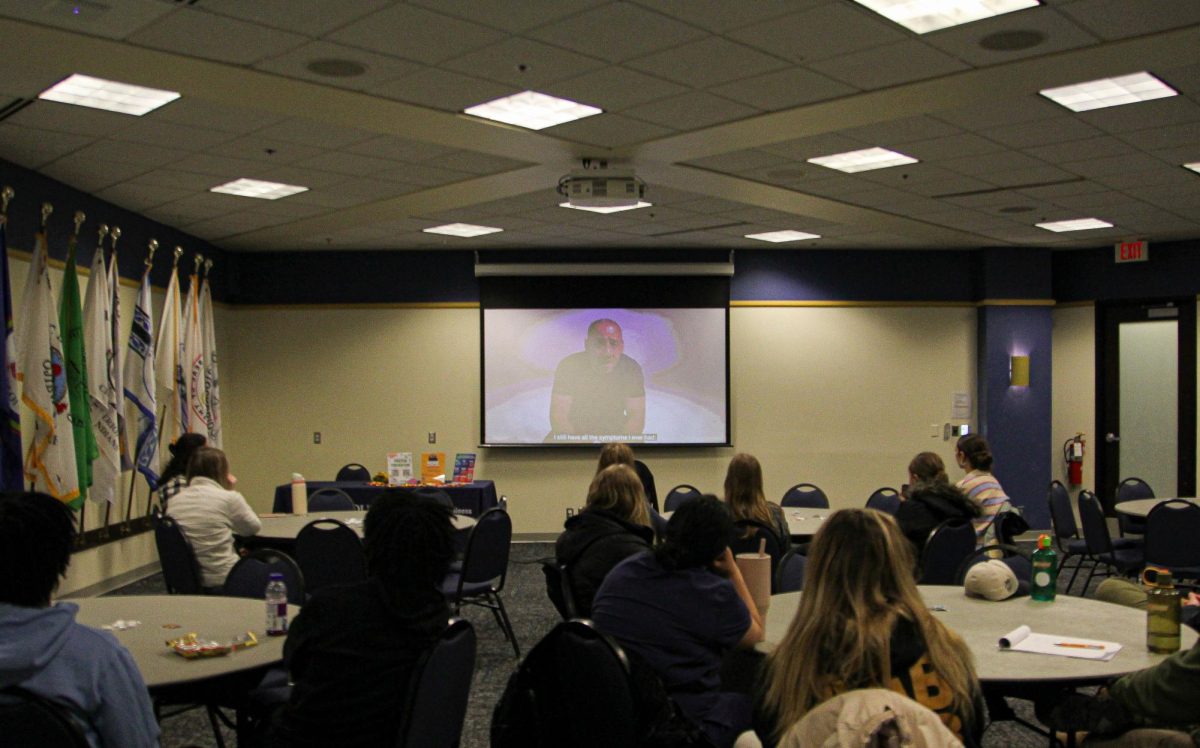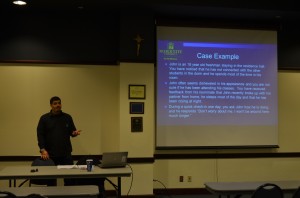
The Counseling Center continues to focus on providing suicide prevention resources nearly five years after a student committed suicide in 2009.
The Counseling Center offered its suicide prevention training to the general public Wednesday to dispel myths and teach effective responses to suicide symptoms on campus.
The training, also presented at resident assistant training and in classrooms by professor request, was led by Nick Jenkins, counselor and coordinator of mental health advocacy. It was the fourth training session held this school year.
Linda Davis, administrative chemistry assistant, was the only attendee for this training. She said it’s common for faculty to be approached by students showing suicidal symptoms.
“I think faculty and staff should be more in-tune to (suicidal symptoms),” Davis said, noting that she will apply the training skills to work.
Jenkins referenced a University of Texas–Austin study conducted on 336 Marquette undergraduate students in 2006. 70 percent of respondents told one or more persons about their suicidal thoughts, while 30 percent told no one. In addition, 15 respondents considered suicide but changed their minds after attempting it.
Training centered on the Question, Persuade, Refer model, a gatekeeper program that teaches how to effectively talk about suicide while controlling normal anxieties.
“It’s not our job to completely fix the problem, just to give the person a little sense of hope,” Jenkins said. “Most people that have suicidal thoughts don’t want those thoughts but think suicide is their only option. That’s where we come in to help.”
There is a wide range of suicide symptoms, including hopelessness, impulsivity, burdensomeness and substance or alcohol abuse. If a suicidal person is intoxicated, he or she is in greater danger of acting on their symptoms.
When asking if someone is considering suicide, Jenkins stressed that individuals should not skirt around the question, even if someone is seeking attention, which is a warning sign.
“A lot of times it’s OK to, relatively right away, directly ask if someone is thinking of suicide,” Jenkins said. “If it might be suicide, I want a yes or no answer.”
Conversations should avoid negative connotations or a pre-set timeline.
“We want the answer to be ‘no’ and sometimes we’ll do things to make it ‘no,’” Jenkins said. “So we’ll say things like ‘Suicide is a dumb idea.’”
The “persuasion” part of QPR uses supportive attention, relationship-building and caring actions. This can involve making a plan to get help or counseling, which Jenkins said should never be done while either person is intoxicated.
The last part of QPR is “refer,” which is taking action when a suicidal person thinks he or she cannot be helped.
“They might tell you not to call for help but you have to make the decision,” Jenkins said. “The person may be angry but they have to understand that when they say things that indicate danger, you should respond as if there’s danger.”
“Refer” actions include calling national toll-free suicide hotlines, which are specific to the caller’s area; directly taking the person to someone who can help; or giving referral information and scheduling a follow up with the person.
“Counseling isn’t the end all be all for every situation,” Jenkins said. “It’s just one route to gain treatment and I think it’s a good route to start.”
The Counseling Center will also offer pet therapy again next Monday at Raynor Library and Tuesday at Westowne Square, in an effort to relieve stress caused by final exams.




